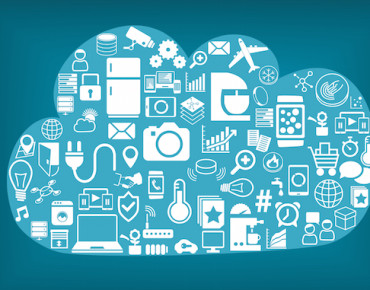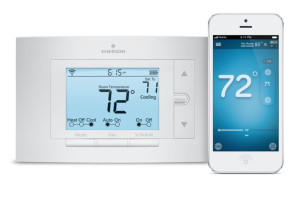Salesforce Debuts IoT Cloud: For the Internet of Customers

With its newly announced Salesforce IoT Cloud, Salesforce looks to expand far beyond its traditional customer relationship management (CRM) and sales roots to become the central hub for the connected analytics and business insight critical to organizations' ongoing and future success.
The IoT Cloud connects everything in Salesforce, tackling digital content including websites, blogs, and social media conversations, plus phones, automobiles, and industrial turbines, and melds it with Salesforce customer data. The solution then extracts insights from this data, which it makes available to business users or data analysts, according to Salesforce, which made the announcement at the first day of Dreamforce in San Francisco, today.
The IoT Cloud will combine an increasing amount of publicly available data – such as local weather, geographic information, and online data – and information from partners – such as smart thermostat makers, car manufacturers, and utilities, said Dylan Steele, director of product marketing, at Salesforce Platform, in an interview.
"One of the key shifts is companies need to become more proactive than they ever have before," he said. " As the form factor gets smaller, it's much easier for the information to come to us in the form of apps and notifications. We're not just talking about the devices. Behind all these devices are people who want to be engaged."
Using tools within IoT Cloud, business users can create alerts or filters to identify important data from event streams. Users then can proactively alert thermostat makers to prioritize customers suffering a cold- or heat wave, he said. Or notify all car owners in the case of a recall, going so far as working with the owner to schedule a visit to an authorized garage for repair, said Steele. Alternately, retailers can set rules around loyalty cardholders to reward them with beacon-transmitted discounts or fleet management companies can learn about dangerous driving from in-car sensors, Salesforce suggested.
Today, less than 1 percent of data collected by sensors and other IoT devices is used, according to McKinsey & Co.'s "Internet of Things 2015." Simultaneously, the amount of data keeps growing and is projected to reach 75 billion connected devices by 2020, McKinsey said. Intelligent use of IoT could reap financial benefits ranging from $3.9 trillion to $11.1 trillion in a decade, McKinsey estimated.
That's the goal firmly in Salesforce's sights. And the company is powering its IoT Cloud with Salesforce Thunder, which it describes a "massively scalable, real-time event-processing engine."
"Salesforce is transforming the Internet of Things into the Internet of Customers," said Marc Benioff, chairman and CEO of Salesforce, in a statement. "The Salesforce IoT Cloud will empower businesses to build proactive 1:1 relationships with their customers to deliver a new kind of customer success."
Thunder is part of App Cloud, Salesforce's integrated set of platform services designed to allow businesses to quickly develop connected applications. Today, App Cloud includes 2.3 million developers offering 5.5 million apps; the AppExchange, an enterprise app marketplace, features 2,700 ISV apps operating on App Cloud.
"The gap we're trying to bridge is how do you take those billions of events and take them into proactive engagements," said Steele. "I think of this as the transformation that happened when spreadsheets became available. We're trying to do the same thing on the IoT Cloud with the scale of data."
Salesforce is working with an expanding ecosystem of partners including ARM, Cisco, Informatica, Emerson, TeMeDa, Hexagon Metrology, and Intel. The company also will release a developer tool for coding.
Currently in limited general availability and pilot with a limited number of customers, Salesforce plans to make IoT Cloud to between six and 10 customers next year. The staged rollout is designed to allow Salesforce to work closely with each customer, Steele said.
"We want to make to sure customers really succeed and want to get their feedback. What's interesting about this is not like launching Salesforce. Every user's going to have different data they want to point at," he said. "At Salesforce the line you'll at Dreamforce is we help make your customers love you and the line is a bit tongue in cheek but our whole job is to help improve that customer experience. It's not just managing our CRM data. It's actually taking all this massive connected data and making it relative and meaningful."
Related
Managing editor of Enterprise Technology. I've been covering tech and business for many years, for publications such as InformationWeek, Baseline Magazine, and Florida Today. A native Brit and longtime Yankees fan, I live with my husband, daughter, and two cats on the Space Coast in Florida.











